 +86 13600513715
+86 13600513715
Industry Wastewater Characteristics and Core Challenges
Critical Challenges
Toxicity & Bioinhibition
Compounds like polycyclic aromatic hydrocarbons (PAHs) disrupt biological treatment.
High-TDS Corrosion
Salinity >3% accelerates equipment corrosion and scaling.
Oil-Water Emulsions
Stable emulsions require advanced phase separation.
Resource Recovery
Cost-effective recovery of metals, salts, and water.
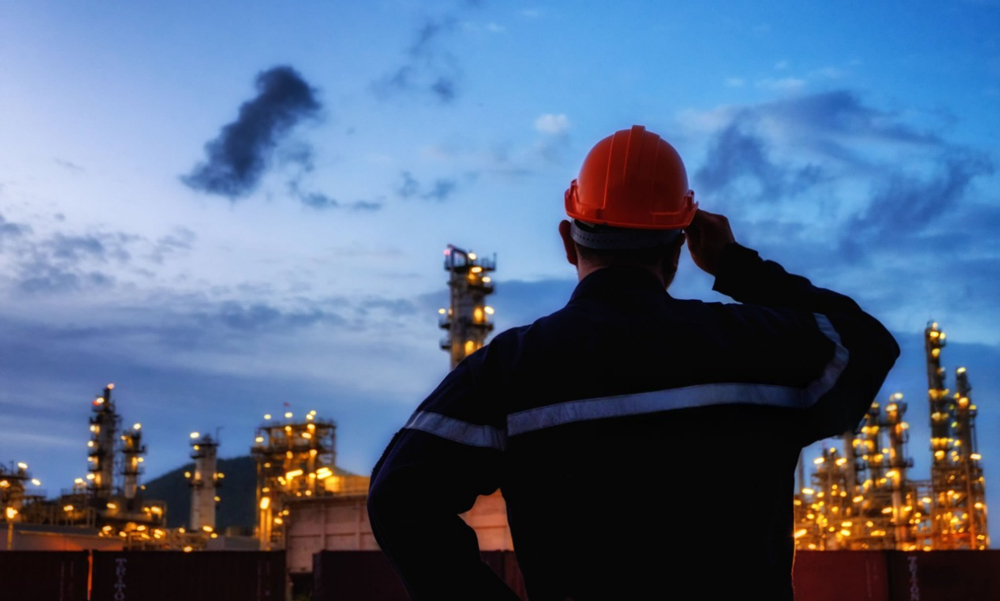
Advanced Oxidation Processes (AOP)
● Technology: Hybrid ozone/UV-catalyzed systems degrade benzene, phenols, and chlorinated solvents into CO₂ and H₂O.
JUNTAI Advantage:
● Patented Catalytic Reactor: 85% ozone utilization rate, reducing operating costs by 40%.
● Real-time ORP Monitoring: Intelligent redox potential control ensures 100% degradation of toxic compounds.
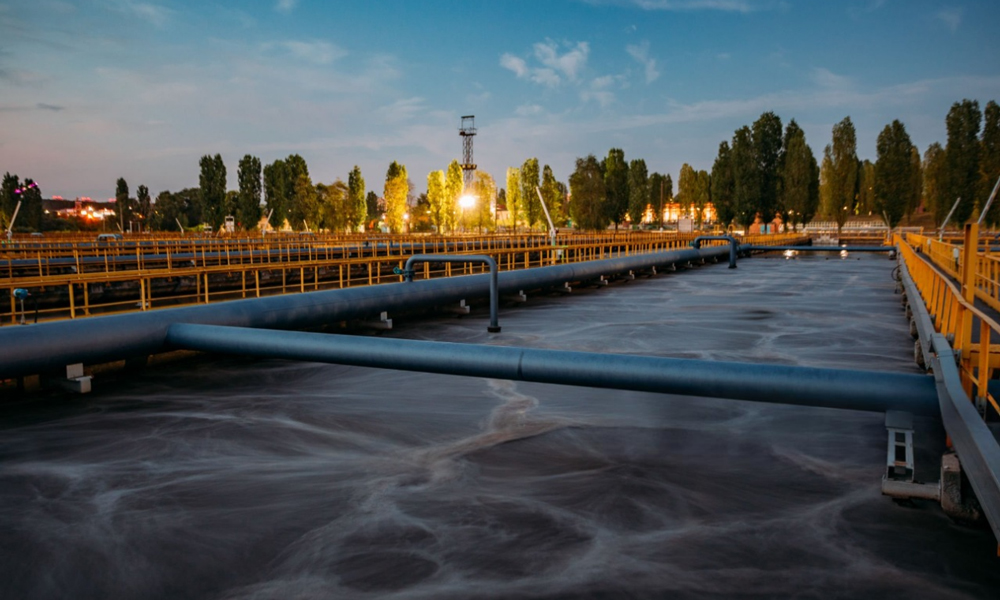
Membrane Distillation-Crystallization (MDC)
● Technology: Hydrophobic PTFE membranes operate at 60-80°C to separate salts and organics, achieving TDS <100 mg/L.
JUNTAI Advantage
● Anti-Scaling Coating: Extends membrane lifespan to 7 years (industry average: 3 years).
● Waste Heat Integration: Utilizes process waste heat to reduce energy consumption by 35%.

Electrocoagulation-Flotation (ECF)
● Technology: Aluminum/iron electrodes generate micro-flocs to trap heavy metals (Cr⁶⁺, Pb²⁺) and emulsified oils.
JUNTAI Advantage
● Pulsed Power Technology: Increases flocculant generation efficiency by 50%, reducing sludge volume by 30%.
● Oil Recovery Module: Recovers crude oil with >95% purity, generating up to $500,000/year in revenue.
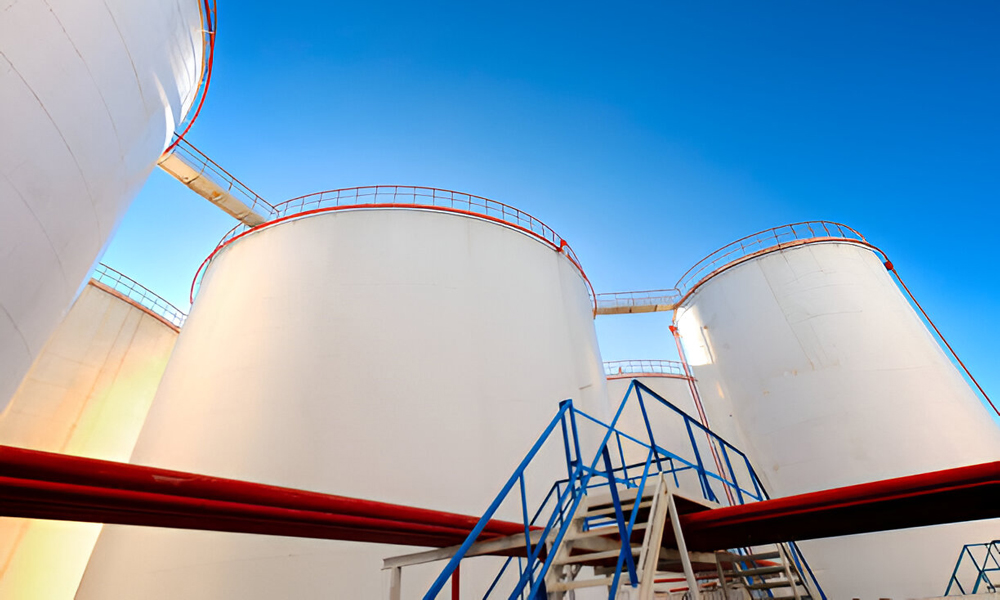
Zero Liquid Discharge (ZLD) Systems
● Technology: Multi-effect evaporators + forced circulation crystallizers recover NaCl, Na2SO4, and pure water.
JUNTAI Advantage
● Mechanical Vapor Recompression (MVR): Reduces energy consumption by 50% compared to traditional ZLD.
● High-Purity Salt Crystallization: NaCl purity >99.5%, meeting industrial-grade standards.
Case Studies
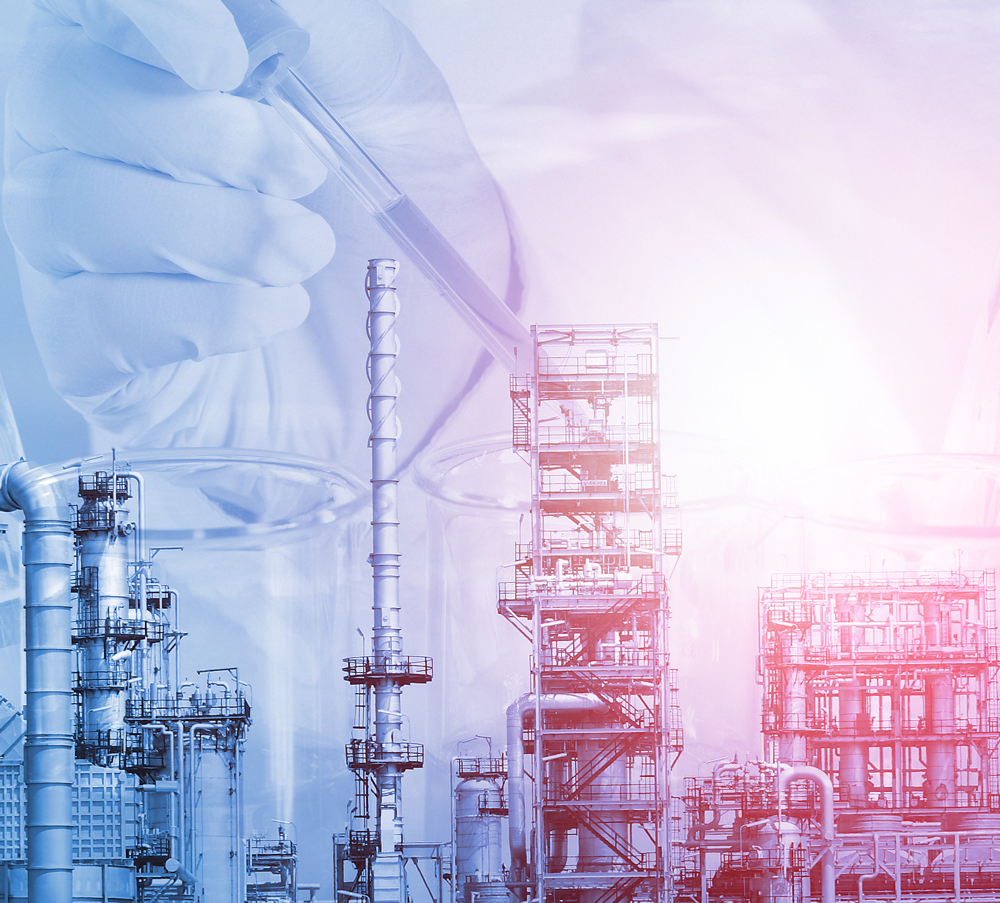
Middle East Petrochemical Refinery
-
1
Background
A 200,000 bpd refinery faced EPA violations due to benzene (120 mg/L) and TDS (25,000 mg/L) in effluent. Existing activated carbon and RO systems failed under high salinity and toxicity. -
2
JUNTAI Solution
Phase 1 – Pretreatment:Installed ECF system to remove 98% emulsified oils and 95% chromium.Phase 2 – Core Treatment:AOP system with 50 kg/h ozone capacity degraded benzene to <0.05 mg/L.Phase 3 – ZLD:MDC + crystallizers achieved 95% water recovery and 10 tons/day salt production. -
3
Results
Parameter Influent Effluent Benzene 120 mg/L <0.05 mg/L TDS 25,000 mg/L 480 mg/L Operating Cost $8.5/m³ $3.2/m³ ROI: 3.2 years via salt sales and penalty avoidance.
Chinese Specialty Chemical Plant
-
1
Background
A vanadium battery electrolyte producer generated wastewater with Cr⁶⁺ (15 mg/L), SO₄²⁻ (18,000 mg/L), and pH 1.5-2.0. Traditional lime precipitation caused sludge disposal crises. -
2
JUNTAI Solution
Step 1 – Heavy Metal Removal:Electrocoagulation at pH 3.0 achieved 99.8% Cr⁶⁺ removal (<0.01 mg/L).Step 2 – Sulfate Recovery:Selective nanofiltration concentrated SO₄²⁻ to 120,000 mg/L for Na2SO4 crystallization.Step 3 – Acid Reuse:Acidic effluent (pH 2.0) was recycled to production lines, saving $200,000/year in H2SO4 costs. -
3
Results
Annual Savings: $1.2M (chemicals + sludge disposal).Vanadium Recovery: 85% vanadium extracted via ion exchange, sold at $12,000/ton.Certification: Achieved ISO 14045 eco-efficiency certification.
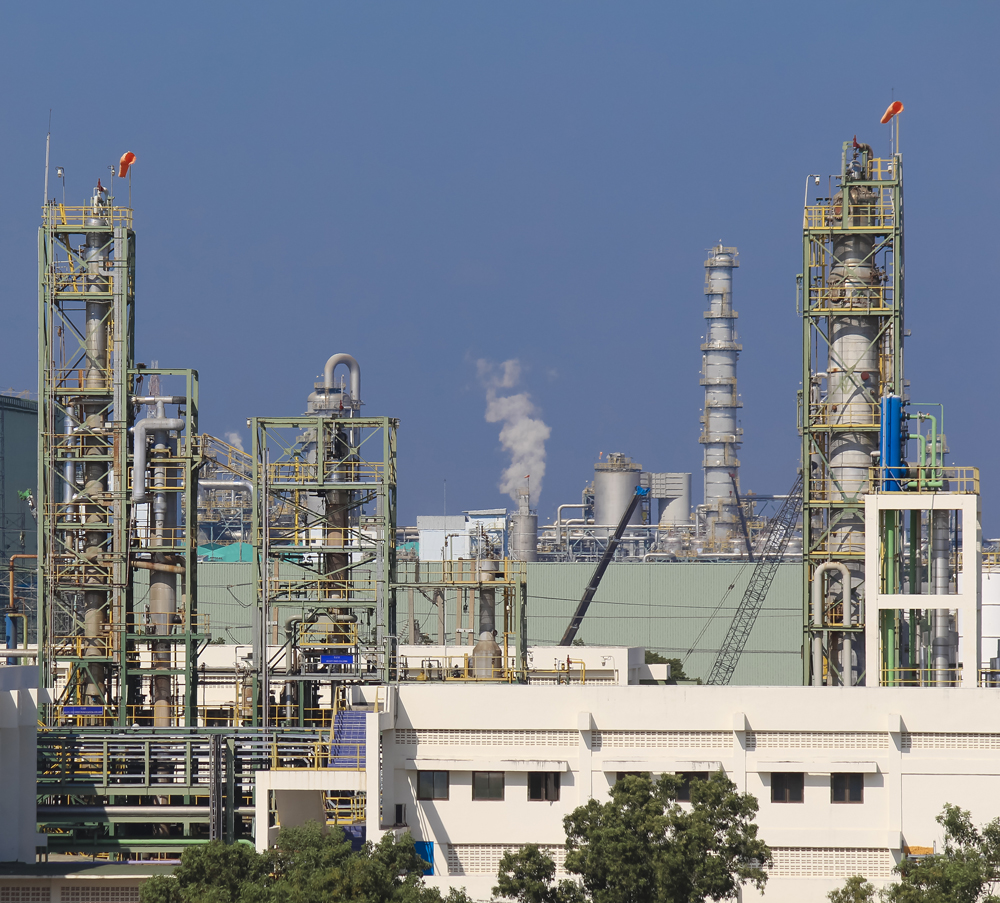
Future Trends




